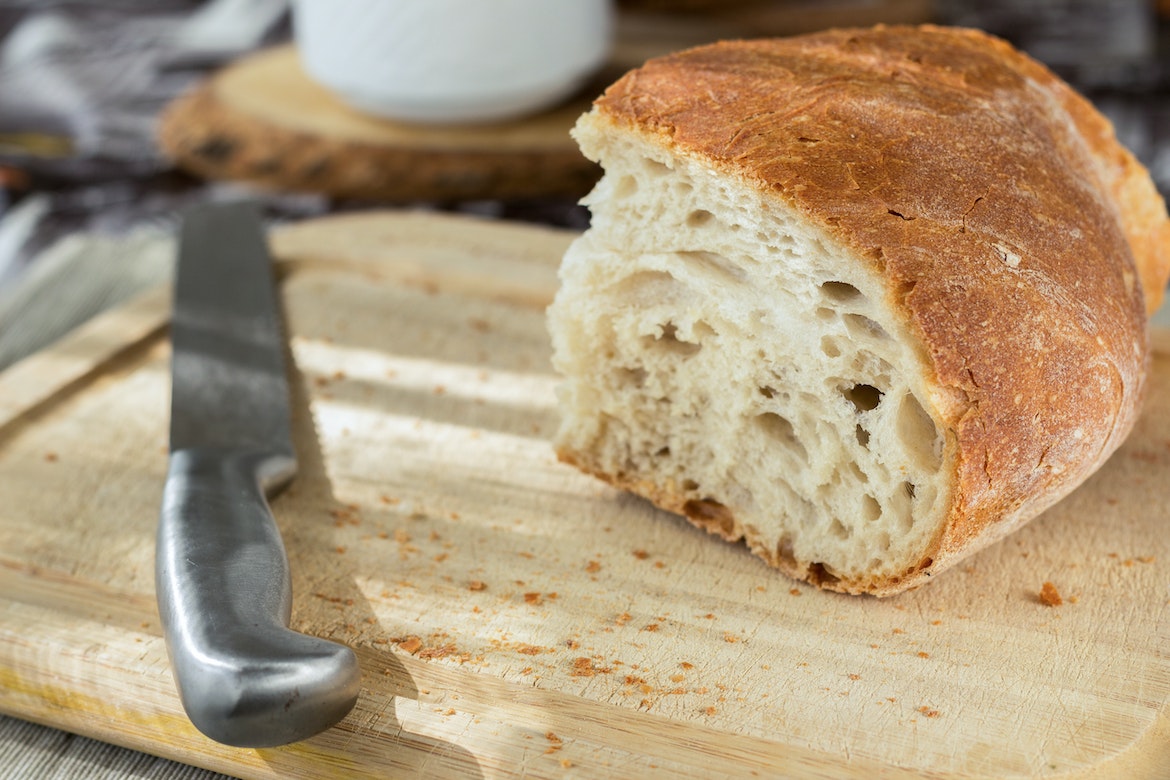Ah, French bread! Just the thought of its soft texture and crispy crust can make our mouths water. But our love for this delectable delight must be balanced with our health and fitness goals.
In this article, we will dive deep into the world of French bread and calorie count. Let’s explore its nutritional value, serving size, variations in calorie content, factors that affect its caloric value, and much more.
What Is French Bread and How Many Calories Does It Really Contain?
French bread is an iconic type of bread that originated in France. Its popularity has only grown over time, and now it’s considered one of the most consumed types of bread in the world.
For the health-conscious individuals, the importance of calorie count cannot be overlooked. Many types of bread out there can lead to unwanted weight gain, and hence the popularity of french bread causes people to wonder how it fits into their calorie goals.
In general, a slice of white French bread has around 80-120 calories, of which 70-80% come from carbohydrates, 10-12% from protein, and 5-6% from fats.
Macronutrient Profile of French Bread
The macronutrient profile of French bread also heavily relies on the type of bread. A standard 2 oz (57g) serving of white French bread contains around 160 calories, with 33g of carbohydrates, 5g of protein, and only 1g of fat.
However, whole grain French bread, on the other hand, contains around 140 calories, 27g of carbohydrates, 6g of protein, and 2g of fat, making it a better option if you are looking for more protein and fiber.
Serving Size and Caloric Values
A standard slice of French bread is usually 1 oz (28g), but it can vary depending on the thickness of the slice. A 1 oz slice of white French bread contains around 80-90 calories, and the variation in calorie content depends on how thick the slice is.
A thicker slice of bread can contain up to 120 calories.
As we’ve already mentioned, the calorie count of your French bread slice can vary depending on the size and thickness of the slice. A larger slice of French bread will, of course, contain more calories than a smaller slice.
Additionally, toppings and spreads can significantly affect the calorie count of your slice of French bread. For instance, butter or nut butter can add an extra 100-150 calories to your bread.
Factors That Affect French Bread’s Caloric Value
The calorie count of French bread can also vary depending on factors such as ingredients, preparation methods, baking methods, and cooking time. French bread made with higher-fat ingredients such as butter or oil will naturally contain more calories than bread made with low-fat ingredients.
Comparison of French Bread to Other Types of Bread
Compared to other types of bread, especially processed bread, french bread is less processed and therefore retains more of its natural nutrients, including protein and minerals.
However, when it comes to calorie count, french bread is just as high or even higher in calorie count compared to other popular bread options. Whole-grain bread, rye bread, and sourdough bread can be lower in calories than French bread.
Health Benefits and Risks of French Bread
Apart from its mouth-watering taste, French bread has some health benefits that cannot be overlooked. It contains protein and minerals like calcium, potassium, and magnesium.
However, eating too much French bread, especially white bread, can lead to weight gain and high carb intake, leading to health risks such as diabetes, heart disease, and high blood pressure.
French bread, when consumed in moderation, can play a crucial role in weight loss. French bread made from whole grains is better since it has more protein and fiber, making you feel full for longer.
Reduced calorie intake in the form of French bread can contribute to weight loss, provided it is part of a controlled diet.
Popular Recipes That Utilize French Bread
French bread can be used as a base for various recipes, both traditional and innovative, including crostini, bread pudding, French toast, and many others. However, these recipes need to be moderated and healthier alternatives should be used where possible.
Tips for Reducing Caloric Intake When Eating French Bread
Reducing your caloric intake when consuming French bread involves adjusting your portion sizes, choosing healthier toppings like avocados and hummus, and increasing the fiber and protein content of your French bread-based dishes.
Conclusion: Moderation Is Key
French bread is delicious, but it’s essential to consume it in moderation. Enjoying French bread is even better when it fits into your calorie goals and is part of a balanced diet.
With these tips and insights provided, you can continue to enjoy French bread in a healthier, yet delicious way without compromising your overall fitness goals. Cheers to that!

